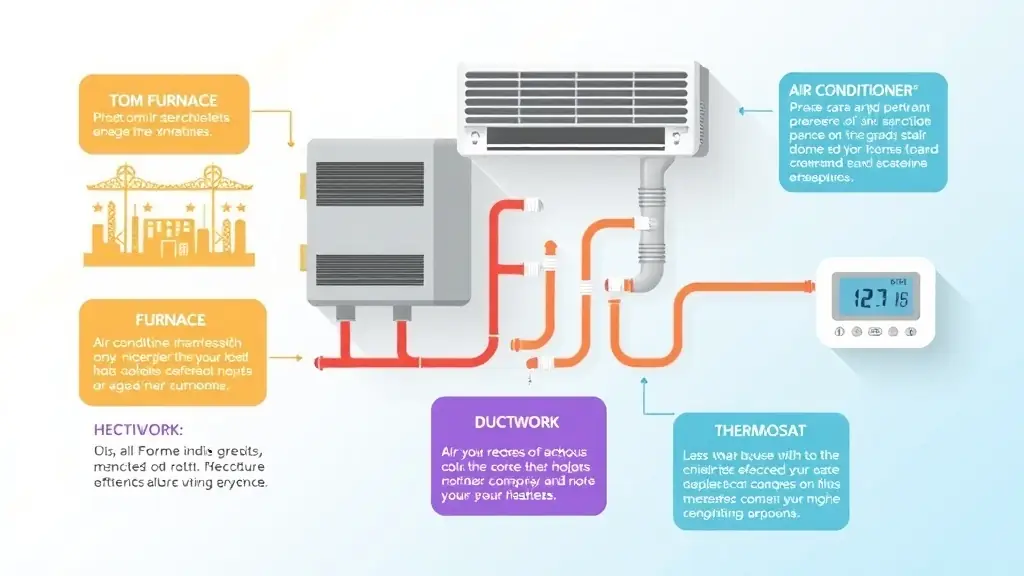HVAC stands for heating, ventilation, and air conditioning, and it plays a crucial role in maintaining indoor comfort. Understanding the components of an HVAC system can help homeowners make informed decisions about their heating and cooling needs. The main components include the furnace, air conditioner, ductwork, and thermostat, each serving a specific function in regulating temperature and air quality.
The furnace heats the air, which is then distributed throughout the home via ductwork. On the other hand, the air conditioner cools the air, providing relief during hot summer months. Proper ventilation is essential for maintaining good air quality, as it helps remove stale air and introduce fresh air into the home. Understanding how these components work together can help you troubleshoot issues and optimize your system’s performance.
For those considering a new HVAC system, it’s important to evaluate your home’s size and insulation to determine the appropriate system capacity. Consulting with a professional can provide valuable insights and recommendations tailored to your specific needs. By gaining a better understanding of HVAC systems, you can ensure a comfortable and efficient living environment.



